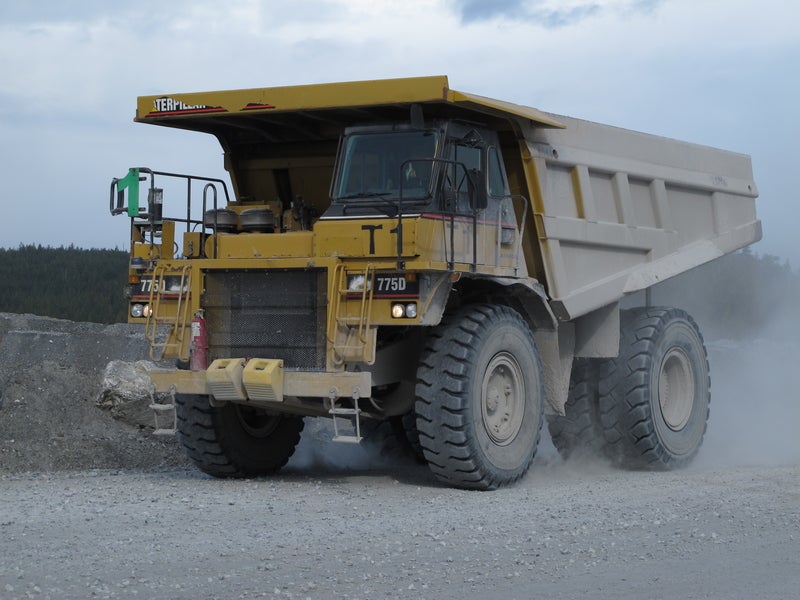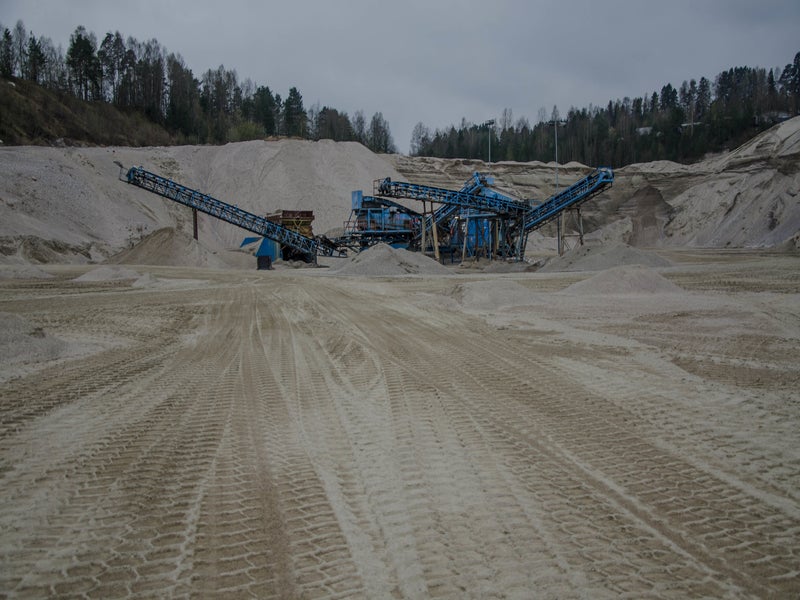Elandsfontein is an open-pit phosphate mine being developed in the Western Cape province of South Africa. It is one of the biggest phosphate deposits in the country.
Kropz, a phosphate miner based in Africa, is developing the project through its subsidiary Kropz Elandsfontein, which owns 74% interest in the project. The remaining 26% is held by African Rainbow Capital (ARC) Fund.
Kropz secured the prospecting right for the Elandsfontein phosphate project from the Department of Mineral Resources (DMR) in April 2013. It completed a definitive feasibility study (DFS) in 2015 and secured the mining right in the same year.
The construction and mine development work commenced in 2016. The first export shipment from the project is expected in the first quarter (Q1) of 2022.
The Elandsfontein project is estimated to produce one million tonnes (Mt) of phosphate rock concentrate a year.
Location and geology
The Elandsfontein phosphate project is located near Hopefield in the Western Cape province, 100km north of Cape Town. The Port of Saldanha Bay is located 43km away from the project site.
The geology is characterised by the outcrops of Cambrian/Neoproterozoic granites of the Cape Suite. It also includes sediments of calcareous aeolian sands, calcretes, and phoscretes of Tertiary and Quaternary Periods.
The ore body is hosted within the E, F1, F2, and G units of the Varswater Formation.
The surrounding area of the Elandsfontein property features a relatively flat relief surface, covered by calcrete ridges and aeolian sands.
Phosphate reserves at Elandsfontein
The Elandsfontein project is estimated to hold 63.6 million tonnes (Mt) of probable reserves grading 9.6% phosphorous pentoxide (P2O5).
The measured, indicated, and inferred mineral resources are estimated to be 101.1Mt grading 7.7% P2O5.
Mining and ore processing
The Elandsfontein project will employ open-pit strip mining method using trucks, shovels, and conveyor belts. The operation will not involve blasting due to the sandy nature of the deposit.
The extracted rock phosphate will undergo milling and classification, followed by beneficiation, which will include both direct and reverse floatation.
The concentrate and tailings will be thickened and filtered. Further, the concentrate will be dried and stored for export.
Infrastructure facilities at Elandsfontein phosphate project
The mine site is accessible by existing surfaced mine road and national freight route.
Other infrastructure will include ore and concentrate storage areas and water and reagent storage facilities. A truck loading facility will also be built to transport the final phosphate rock concentrate product for shipping.
Power supply
The phosphate mine site will receive electricity from the existing Aurora-Moorreesburg 132kV overhead transmission line, which will be connected to a new Eskom substation at the mine site, through a loop-in-loop-out (LILO) arrangement.
Port access agreement
Kropz reached an agreement with South African railway and port company Transnet for phosphate exports from the Elandsfontein project in November 2021.
The project’s rock phosphate output will be exported from the Saldanha port. The agreement also allows for exporting up to 30% of the output from the Cape Town port, in case the capacity through Saldanha is not available.
Financing of Elandsfontein phosphate project
ARC Fund signed a convertible loan facility agreement of $40m with Kropz for the development of the Elandsfontein phosphate project in June 2020. The parties also reached an agreement for a conditional convertible equity facility worth up to ZAR200m ($13.27m) to support the Elandsfontein phosphate project in September 2021.
Furthermore, the project received $60m and $30m from Kropz International and ARC Fund, respectively, in the form of equity and shareholder loans. BNP Paribas provided a debt facility worth $30m for the project.
Contractors involved in the South African phosphate mining project
DRA Global, an international engineering and project management firm, was awarded an engineering, procurement, and construction management (EPCM) contract for the project in 2020. The EPCM contract followed the completion of the DFS of the project, which was also carried out by DRA.
Braaf Environmental Practitioners prepared the environmental impact assessment (EIA) and environmental management plan (EMP) for the Elandsfontein phosphate project.
ACO Associates, an environmental consultant based in South Africa, performed the heritage impact assessment (HIA) for the project.
Turgis Consulting, part of Dutch consultancy Royal HaskoningDHV, was engaged to perform a scoping study of the project, which was completed in 2013.
Mintek, a South African mineral research organisation, and Eriez, a magnetic separation and metal detection technology company based in the US, were engaged for pilot-scale processing test works of the project.





